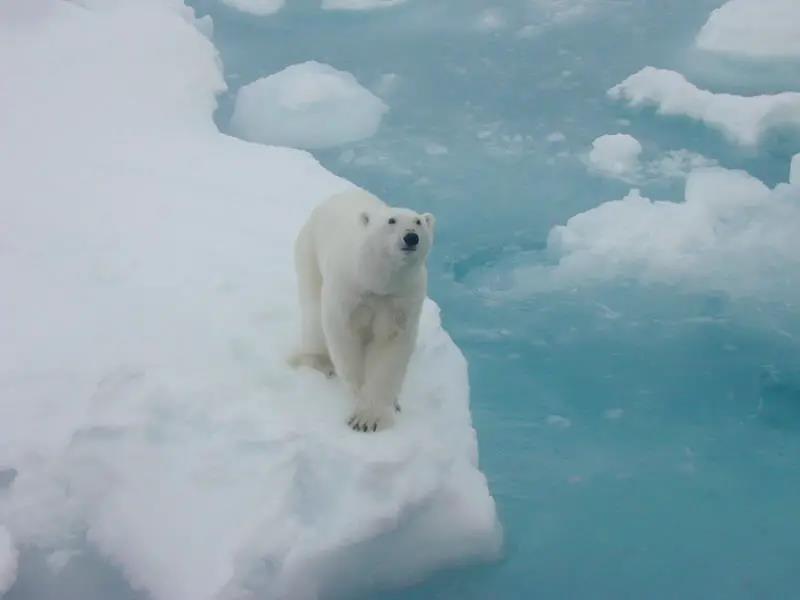Scientists used to look at how climate change affects people and nature as separate things. But a new study reveals that there is a link between hotter temperatures and more conflicts between people and animals. This shows us that humans are linked to the environment in a very important way.
Researchers from the University of Washington’s Center for Ecosystem Sentinels discovered that hotter temperatures are leading to more clashes between humans and animals. This information was published in the journal Nature Climate Change.
Researchers found that when climate change happens, it causes conflicts between people and different types of living things all around the world. Animals like mammals, reptiles, birds, fish, and even bugs can be affected! Professor Briana Abrahms says that every individual situation is different but these kinds of conflicts caused by climate change are everywhere.
The team analyzed reports of people having physical contact with animals and found many incidents related to climate change. Climate change causes different kinds of changes, both short-term like a dry spell and long-term such as the melting ice around the North Pole which leaves polar bears hungry. These hungry polar bears have been forced onto land, sometimes even going into human settlements and attacking people, like what happened recently in Alaska.
Recently, a study has come out showing how climate change can cause lots of arguments. It’s because it messes with the homes of animals like polar bears that live on sea ice and other parts of nature like when things happen or which resources are available. People also sometimes have to move or change their habits in reaction to our changing climate and this makes fighting more likely too. Short-term and long-term climate changes can lead to other issues too!
– In Tanzania, the floods caused animals to go away from the floodplains, resulting in more lion attacks.
– The hot temperatures in Australia made snakes act more aggressively and led to more snake bites.
– Wildfires caused by El Nino moved elephants and tigers out of reserves and into cities, sadly leading to one death.
When La Nina events happened in the Americas, it caused a disruption with the food webs which made animals like black bears in New Mexico and foxes in Chile go into human areas to find food. And when there was an El Nino event that made air and ocean temperatures hotter, it led to more shark attacks happening in South Africa. So basically, what this means is that climate changes can have a bigger effect on both humans and animals by not having enough resources.
Most cases on land were linked to changes in rain, something that is still happening because of climate change. It made people get hurt and lose property with some even losing their life.
In 2009, a really bad drought hit Tanzania’s Kilimanjaro Region on the West side. This caused a lack of food for African elephants, so they sneaked into farmers’ fields to eat their crops – destroying up to 3 acres each day! The situation was so tough that these farmers even killed some elephants in order to try and stop them from eating their crops.
“Knowing about the connection between humans and wildlife playing a role in causing trouble is important not only for nature but also to keep people safe,” Abrahms said.
With climate change getting more serious, we can expect this kind of conflict to increase when animals and people relocate and look for different sources of food.
But it’s not all bad!
Abrahms said that looking into the connection between climate change and animal-human conflicts can help us come up with solutions. By looking closer at what happens in these incidents, we can look for similarities and use the information to make it easier to stop or reduce these problems.
Sometimes, it’s easy to help with climate events. For example, people who live in the American Southwest can be advised to carry a special spray if there is an event called La Nina. Also, governments can have plans ready for when there are extreme changes in weather which could cause people and animals to clash. For example, Botswana has money set aside so that herders or ranchers get paid if their animals are attacked by wild animals because of droughts. In exchange for the payment, these people promise not to hurt any wild creatures.
“Now, step by step plans can be made to prevent further drought-related conflicts. Abrahms suggests having a special savings fund just for times of drought, instead of an emergency fund.”
Abrahms believes that the eastern Pacific Ocean is a huge success story. In 2014 and 2015, an unusually high number of whales got stuck in fishing gear near the California coast. After research, it was concluded that the strong currents caused by warming ocean temperatures brought the whales closer to shore and increased their chances of getting caught. As a result, regulators in California have decided to adjust when the fishing season starts or ends depending on how hot the water is and on whether or not whales are close enough to potentially get caught in fishing gear.
Abrahms said that we can find solutions to conflicts if we know their causes. This means even when it happens between people and animals, we can still make changes!
For more information, contact Abrahms at [email protected]. See a related feature story about Abrahms’ research.


